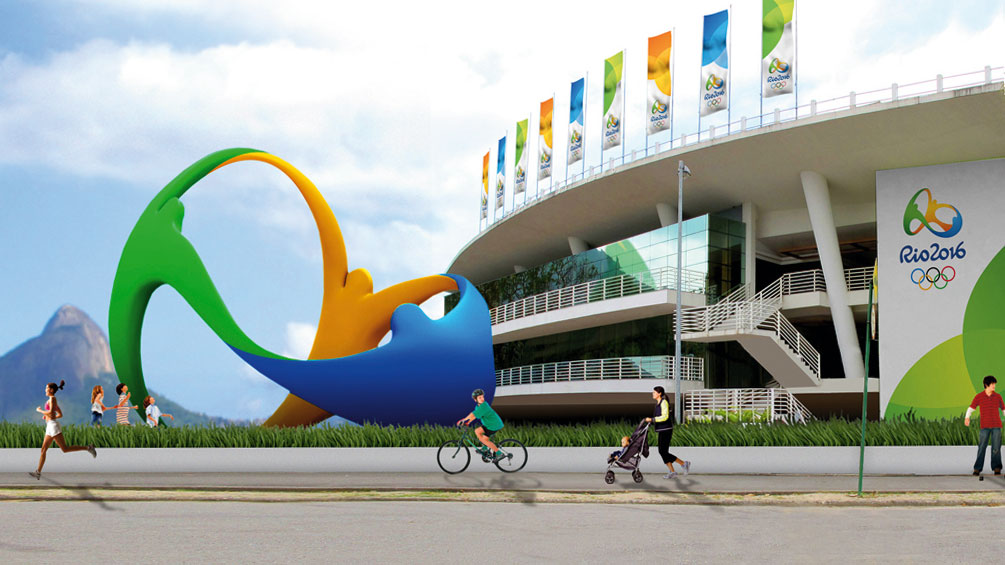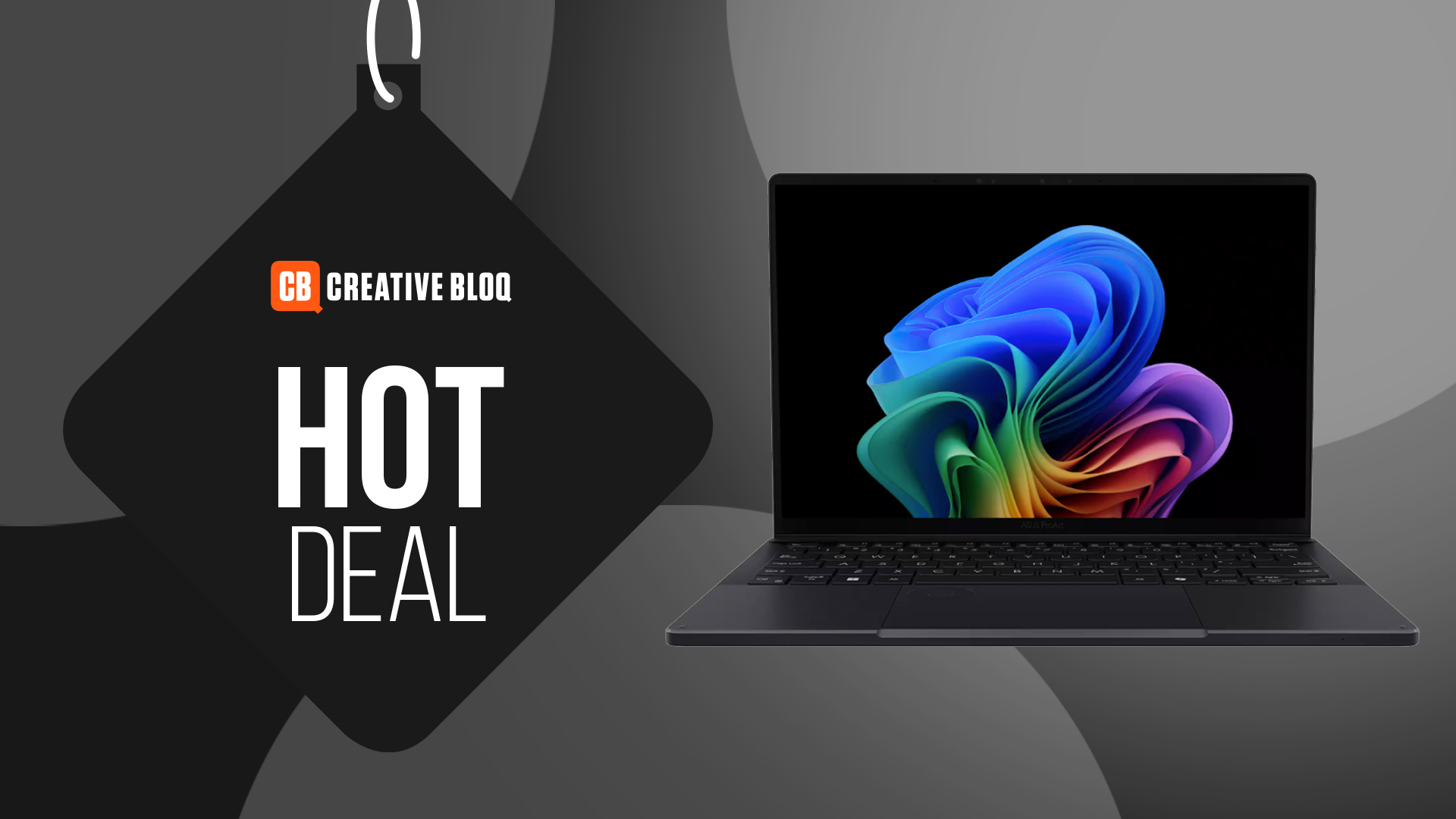
Creating a highly visible brand and logo design for a worldwide audience might be a daunting prospect, but for Daniel Souza from Tatil, branding the Rio 2016 Olympics has been a life-changing experience, and one that's come with its own lessons. Here he reveals what he's learned along the way.
01. Be prepared for surprises
Whatever meaning your design intends to convey, people will 'find' other meanings you never intended. "We could never have imagined all the different interpretations people would make of our Rio 2016 designs," admits Souza. "Each individual finds their own meanings, and we are still hearing and discovering different insights today."

02. Assemble a diverse team
"I can't stress enough the importance of gathering a multidisciplinary and multicultural team," says Souza. "Designing a brand like this for such a diverse audience cannot start from a single point of view, so the sum of perspectives, cultures and backgrounds that we had on our team was critical."
03. Originality is crucial
"With something as big as an Olympics brand, your work undergoes a huge trial regarding intellectual property, so it must be truly unique," Souza reflects. "But that's becoming more difficult with the increasing number of good professionals, projects and tools, as we've recently seen with the Tokyo 2020 logo, which had to be withdrawn due to plagiarism allegations."

04. Assets must be complementary
"It's absolutely vital to coordinate different assets in order to make them work together, rather than compete and weaken each other," advises Souza. "If you have an entire group of visual elements with the same strength and expressing the same thing, you'll probably lose the power and impact of complementary messages and the chance of the one emphasising the other."
05. Always be prepared
"Planning is everything," concludes Souza. "When you're working on one of the most complex visual identity systems, with thousands of applications, you really appreciate that. Planning a simple but flexible, powerful and rich visual system that's able to either solve or adapt to every incoming demand that drops is key to success."
This article was originally published in Computer Arts magazine issue 254. Buy it here.

Thank you for reading 5 articles this month* Join now for unlimited access
Enjoy your first month for just £1 / $1 / €1
*Read 5 free articles per month without a subscription

Join now for unlimited access
Try first month for just £1 / $1 / €1
Get the Creative Bloq Newsletter
Daily design news, reviews, how-tos and more, as picked by the editors.

Tom May is an award-winning journalist and editor specialising in design, photography and technology. Author of the Amazon #1 bestseller Great TED Talks: Creativity, published by Pavilion Books, Tom was previously editor of Professional Photography magazine, associate editor at Creative Bloq, and deputy editor at net magazine. Today, he is a regular contributor to Creative Bloq and its sister sites Digital Camera World, T3.com and Tech Radar. He also writes for Creative Boom and works on content marketing projects.
